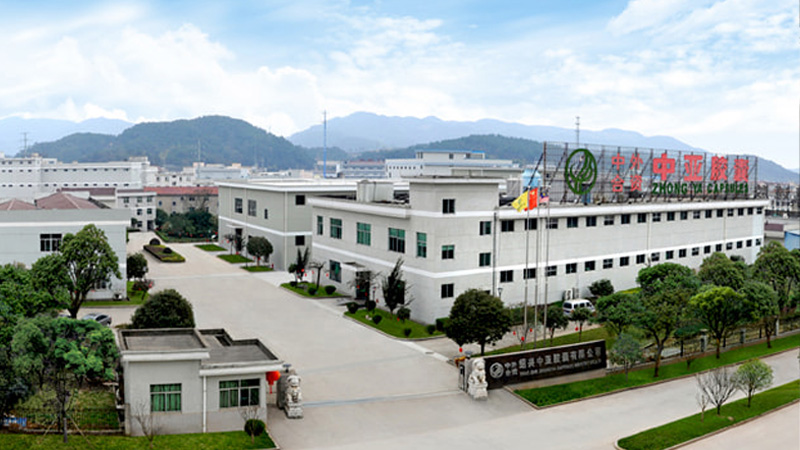Product Consultation
Your email address will not be published. Required fields are marked *


High-end industrial gelatin and edible gelatin cannot be distinguished by ordinary people. The method of looking at color, smell, and impurities is applicable to low-grade industrial gelatin, and low-grade gelatin cannot be made into capsules. Therefore, to distinguish whether the gelatin in capsules and food is genuine edible gelatin, the only way to go to the authoritative testing agency is to test.
Industrial gelatin and edible gelatin are indistinguishable from the senses.
Only through professional testing to detect the content of heavy metals, etc.
The main difference between the two is: different raw material standards, different production environment and processing.
An edible gelatin manufacturer shall obtain a food production license.
According to Article 22 of the National Gelatin Production Standard
The following raw materials can be used in the production of gelatin: (1) The skin and bones of fresh cattle, pigs, sheep and other livestock that have passed quarantine provided by slaughterhouses, meat plants, canneries, vegetable markets, etc.; (2) Before the tanning process , Sheared skins with raw edges or cut inner skins, commonly known as raw skins such as raw skins, two-layer skins, and sanqing skins; (3) Clean bone particles processed by bone processing plants and natural air-dried directly purchased Of aggregate.
The following raw materials are prohibited: (1) Any waste after tanning in the tannery; (2) The skin and bones of cattle, pigs, sheep and other livestock without inspection and quarantine certificates.
In addition, there are strict regulations on the production environment of edible gelatin. At present, it is mainly because some manufacturers fail to comply with the requirements and use unqualified raw materials to cause excessive heavy metals in gelatin.
Gelatin determination and identification
【Identification】
(1) Take about 0.5g of this product, add 50ml of water, heat to dissolve, then take 5ml of the solution, Add potassium dichromate test solution 4
Parts with dilute dao hydrochloric acid 1
A few drops of the mixed liquid will produce orange flocculent precipitate.
(2) Take 1ml of the remaining solution under identification (1), Add 100ml of water
After shaking well, add a few drops of tannic acid test solution and turbidity occurs.
(3) Take this product, add soda lime, and heat it to produce ammonia odor.
【An examination】
Acidity Take 1.0g of this product and add 100ml
In hot water, shake well to dissolve and let cool to 35℃.
Measured in accordance with the law (Appendix IVH), the pH value should be 3.6~7.6
【Transparency】
Take 5.0g of this product, add 90ml of water to swell, heat to dissolve in a 65~70℃ water bath, take it out, add water to make 100ml; Divide 5ml, Put it in a 25ml Nessler colorimetric tube, and immediately compare it with the same volume of control solution (precisely measure 30ml of standard sodium chloride solution, put it in a 50ml measuring flask, add 1ml each of nitric acid and silver nitrate test solution, Diluted with water to the mark, placed in a dark place for 5
Minutes, if necessary, you can use caramel solution to tint), and it should not be more turbid.

Your email address will not be published. Required fields are marked *
If you would like to learn more about our products, please feel free to contact us and we will do our to assist you.
No.1 Tianzhu 3rd Road, Dufu Town, Xinchang County, Zhejiang Province
86-575 8606 0065
86-159 8825 2009
+86 159 8825 2009
+1 380 215 7432
